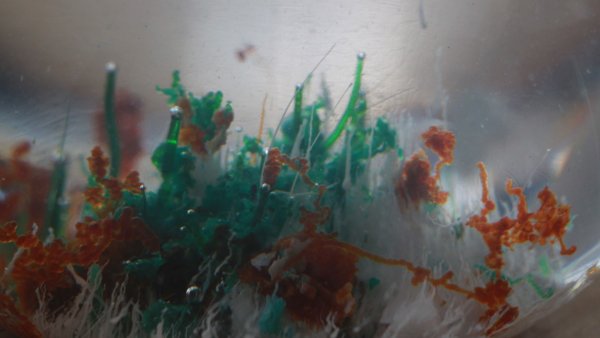Rethinking museums means rethinking society
The first thing we have to consider, if we want to rethink museums, is the fact that museums are living places and as such, education places for everyone, regardless of their age or knowledge level.
Rethinking museums is rethinking society, in so far as society absolutely needs to be rethought. What kind of world do we want? What kind of education do we want to give to future generations? If the world we are aiming for is a more open, tolerant and democratic one, with critical, active and engaged citizens, rethinking museums makes perfect sense. Rethinking museums is rethinking education.Education has, for decades, been going through a crisis with no end in sight. The crisis in Education is going a crisis of motivation. How can we spark the interest of the young and not so young in less immediate pleasures than the ones provided by the rampant consumer society we live in? Museums are places of knowledge and interdisciplinarity and can, if properly addressed by competent educational departments and properly prepared teachers, contribute to raise awareness of the necessity of knowledge. They can however be places where we are all confronted with ourselves, since a work of art is something that disrupts, sensitizes and forces you to think. The one who sees it and that lets himself be touched by it, will reflect either on the world, or himself. A work of art amazes, moves, wakes up. Its contact can turn completely the one who sees it, can change the look about oneself and about the world. Being museums places where works of different peoples and times intersect, they canopen us to the understanding of the other, to acceptance and tolerance, that is, to the understanding of that which is different from us. Museums are both places of dialogue and silence. In addition to the dialogues we establish orally with the work of art, there is also the inner dialogue that it establishes with us, it is necessary to let it in on us, move with what we feel, to allow ourselves to have new perceptions and sensations, to let it lead us, for the affectionate relationship which will be established, contributes to intensify the dialogue which in turn intensifies the affection. Therefore it is necessary to give rise to the experience as John Dewey (1859-1952) stated. The experience is transformative and hence the need to further open museums and bringing them more and more to all those who, for various reasons, can not go to them. Museums are and will always be places for research and exhibition of works of art, but they increasingly have to be places for education. For this, it is essential to make directors and curators understand thatincreasing attendance or showcase spectacle is not their sole aim, but that they have, above all, to be places for the public, every public, in short, places for education, places for transformation.





